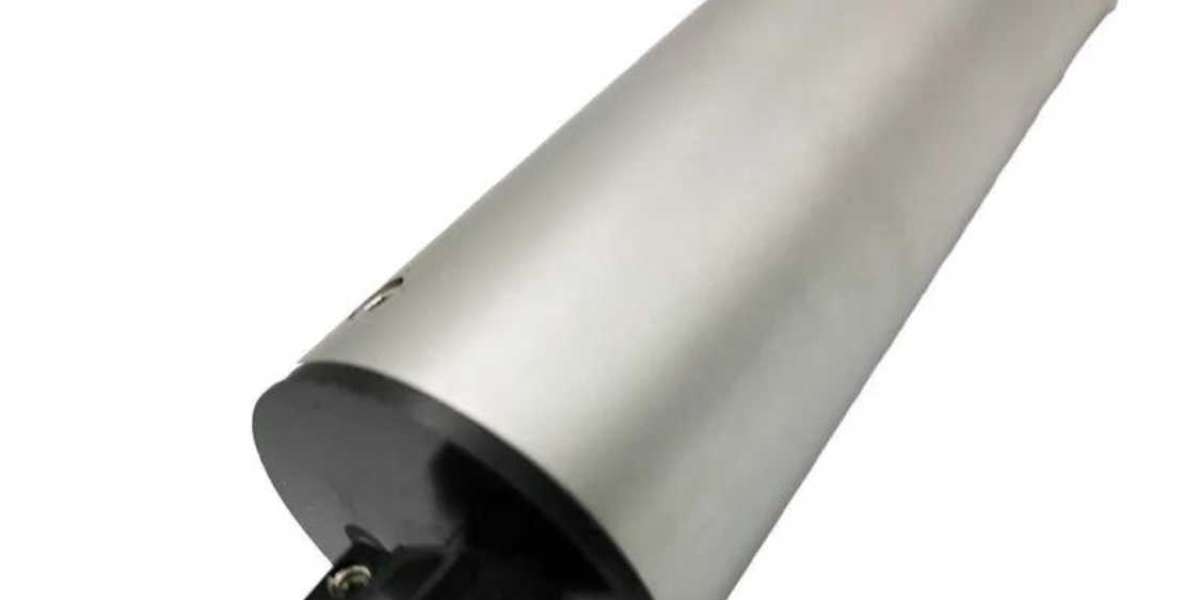Principle of Operation
TSS sensors operate on the principle of light scattering or transmission. Most commonly, they use a turbidity measurement method where a light source illuminates a water sample, and the scattered or transmitted light is detected by a sensor. The amount of light scattered by the suspended particles is proportional to the concentration of solids in the water. This relationship allows the sensor to provide real-time data on TSS levels. Some sensors use a more advanced technique called nephelometry, which measures the intensity of scattered light at specific angles, enhancing accuracy.
Applications
Water Treatment Plants: In municipal water treatment facilities, TSS sensors are essential for monitoring the effectiveness of filtration systems. High levels of suspended solids can indicate issues such as filter clogging or insufficient treatment. By providing real-time data, these sensors help operators make timely adjustments, ensuring the delivery of clean, safe drinking water.
Industrial Processes: In industries such as mining, construction, and manufacturing, TSS sensors are used to monitor and manage water discharge. Excessive suspended solids in effluent can lead to environmental damage and regulatory non-compliance. TSS sensors help industries comply with environmental regulations and reduce their ecological footprint by enabling better control over wastewater treatment processes.
Environmental Monitoring: For environmental agencies and researchers, TSS sensors are valuable tools in assessing the health of aquatic ecosystems. High levels of suspended solids can harm aquatic life by reducing light penetration, altering habitat conditions, and increasing water temperature. By monitoring these levels, researchers can gain insights into pollution sources and trends, helping to inform conservation efforts and policy decisions.
Agriculture: In agricultural settings, TSS sensors are used to monitor runoff from fields, which can carry soil and fertilizers into nearby water bodies. By managing these levels, farmers can reduce the risk of nutrient pollution and maintain the health of surrounding aquatic environments.
Advantages
Real-Time Monitoring: One of the primary advantages of TSS sensors is their ability to provide continuous, real-time data. This capability allows for immediate detection of changes in water quality, facilitating prompt responses to potential issues.
Accuracy and Sensitivity: Modern TSS sensors offer high accuracy and sensitivity, capable of detecting very low concentrations of suspended solids. This precision is crucial for meeting regulatory standards and ensuring the safety of water resources.
Low Maintenance: Many TSS sensors are designed to be durable and require minimal maintenance. Self-cleaning features and robust construction help ensure reliable performance in various environmental conditions.
Versatility: TSS sensors can be deployed in a wide range of environments and applications, from small-scale laboratory settings to large industrial operations and natural water bodies.
Challenges
Despite their advantages, TSS sensors also face challenges. Factors such as temperature fluctuations, fouling, and calibration drift can affect sensor performance. To address these issues, regular maintenance and calibration are necessary, and operators must be vigilant in interpreting sensor data in the context of potential interferences.
Conclusion
Total Suspended Solids sensors represent a significant advancement in water quality monitoring technology. Their ability to provide accurate, real-time data on suspended particles makes them invaluable across various sectors. As technology continues to evolve, TSS sensors will likely become even more integral to efforts aimed at preserving and managing water resources effectively.







